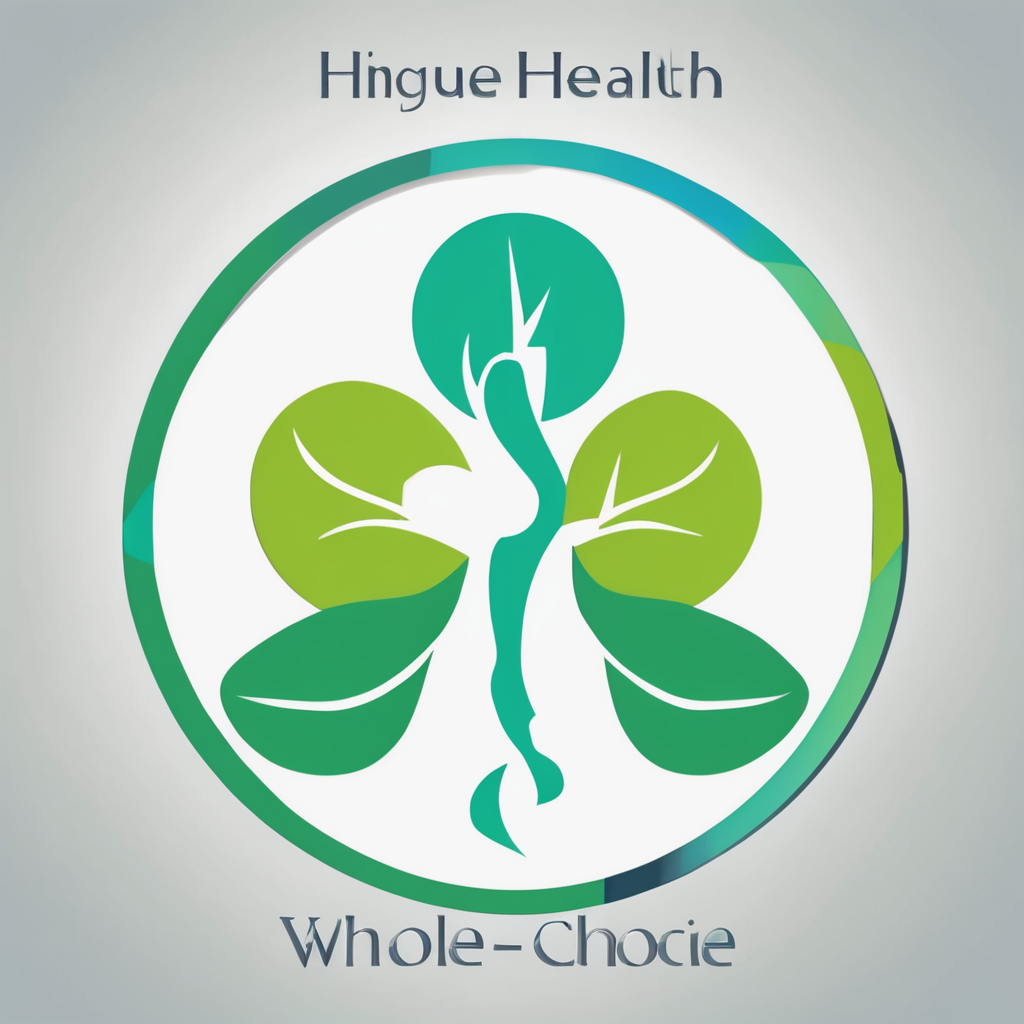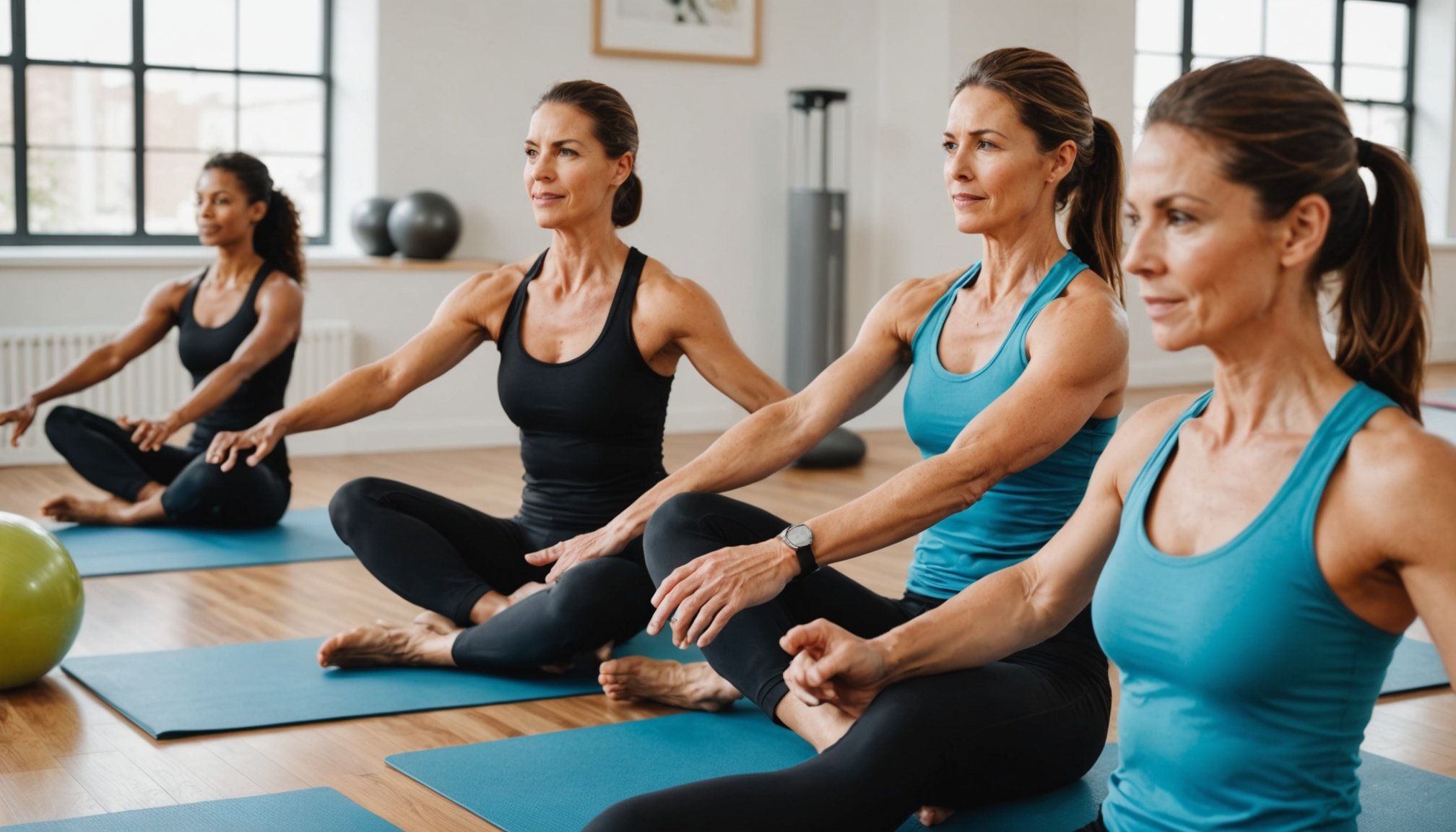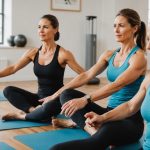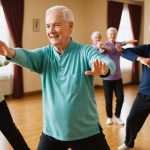Understanding Pilates and Its Core Principles
Originating in the early 20th century, Pilates evolved as an innovative exercise method designed by Joseph Pilates. Rooted in a unique blend of yoga, martial arts, and dance, this fitness philosophy advocates for harmony between mind and body.
The core principles of Pilates revolve around six key tenets: concentration, control, center, flow, precision, and breathing. Concentration ensures a strong mental focus during each movement, enhancing the effectiveness of the workout. Control emphasizes deliberate execution, preventing unnecessary injuries and ensuring each motion contributes to overall fitness. The concept of ‘center’ underscores the importance of engaging your core as the powerhouse for all activities. Flow involves smooth, continuous motions, promoting grace and balance. Precision dictates the importance of correct form over quantity, requiring meticulous attention to detail. Lastly, breathing is integral; it aids fluid movements and provides crucial oxygenation.
This might interest you : Unlocking Wellness: Discover the Health Advantages of Tai Chi for Seniors
Understanding these Pilates fundamentals is paramount for effective practice. By grasping the foundational elements, practitioners can reap several benefits, including improved posture, flexibility, and strength. Moreover, these principles guide workouts, ensuring each session is purposeful and beneficial. Thus, delving into Pilates’ origins and principles not only enriches your practice but also fosters a deeper appreciation for this transformative exercise method.
Unique Benefits of Pilates for Overall Fitness
Pilates offers numerous health advantages that significantly contribute to overall fitness improvement. A primary focus of Pilates is the enhancement of core strength and stability. By engaging the deep abdominal muscles, practitioners develop a stronger core, which supports better movement efficiency and reduces the risk of injury. Core exercises commonly involve controlled movements that engage the trunk and pelvis, leading to a stabilized midsection.
Also read : Recognizing Dehydration in Seniors: Essential Symptoms to Watch For
Another notable benefit is improved flexibility and posture correction. Pilates exercises aim to lengthen and stretch muscles, which promotes increased range of motion in the joints. This increased flexibility not only aids in posture correction, as many exercises emphasise spinal alignment, but also decreases tension and discomfort that often result from poor posture. Regular practice can lead to more graceful and effortless movements.
Moreover, stress reduction and mental health benefits round out the holistic approach of Pilates. The practice encourages mindful breathing techniques and a focus on body awareness, fostering relaxation and reducing stress levels. It is an effective way to nurture mental well-being, improving concentration and boosting overall mood. Many practitioners describe a sense of calm and rejuvenation following their sessions, making Pilates a valuable tool for mental health maintenance.
Getting Started with Pilates
Embarking on the journey of beginner Pilates can be both exciting and rewarding. For those just starting Pilates, understanding the different styles is crucial. Mat Pilates, which requires minimal equipment, is perfect for beginners. This style of Pilates uses a mat and focuses on strengthening the body’s core through various exercises. In contrast, Reformer Pilates involves specialized equipment to enhance the workout intensity, requiring more guidance.
Choosing the Right Type of Pilates
When starting Pilates, it’s essential to choose a style that suits your fitness level and preferences. Mat Pilates offers a simple and effective way to begin, emphasizing foundational movements and flexibility. For those seeking a more dynamic challenge, Reformer Pilates provides a comprehensive workout, promoting strength and endurance. Considering factors such as fitness goals and available resources can help you select the right type for a successful start.
Essential Equipment for Beginners
As you dive into beginner Pilates, having the right equipment can make a significant difference. A quality mat is a must-have, providing comfort and support during exercises. Additionally, resistance bands can be used to intensify workouts and adapt exercises to various strength levels. Investing in essential gear sets the stage for productive and enjoyable Pilates sessions.
Expert Opinions and Testimonials
Pilates testimonials offer interesting insights into how this discipline transforms lives. Many practitioners report significant improvements in their physical well-being and mental clarity. Real-life success stories highlight how individuals have gained strength, flexibility, and a renewed sense of confidence through consistent practice.
Fitness professionals frequently underscore the effectiveness of Pilates in enhancing core stability and overall body awareness. By engaging multiple muscle groups, it fosters a well-balanced physique. Expert insights from top trainers reveal that Pilates can serve as a complementary routine to other forms of exercise, making it versatile for different fitness levels.
Enthusiastic endorsements from health and fitness professionals reflect the tangible benefits Pilates provides. These experts note its role in injury prevention and rehabilitation, emphasizing its adaptability for diverse individuals. Testimonials from professionals also highlight its stress-reducing effects, fundamentally improving participants’ quality of life.
Case studies suggest a direct link between Pilates practice and both physical and mental health advancements. Individuals engaging in Pilates frequently report feeling more energetic and experiencing improved posture. Collectively, these stories and insights contribute to a compelling narrative, illustrating Pilates as a holistic exercise solution that offers comprehensive benefits.
Comparisons with Other Fitness Regimes
When weighing Pilates vs. yoga, consider that while both enhance flexibility and mind-body connection, their core focus differs. Yoga often intertwines spiritual elements, aiming to balance energy flows (chakras). In contrast, Pilates concentrates on building core strength, emphasizing controlled, precise movements. Both regimes, however, enhance posture and may alleviate stress and tension, offering therapeutic benefits.
In comparing Pilates vs. strength training, Pilates generally incorporates a wider range of motion and focuses on muscular endurance rather than raw power. Traditional strength training, which often involves heavy weights, builds muscle mass and increases bone density. Pilates is more centered on stability and coordination, and it strengthens the core with repetitive, flowing exercises. Nevertheless, both methods can complement each other when integrated within a balanced fitness regime.
For those pondering when to integrate Pilates into their routines, understand that it serves as an excellent complementary exercise. It can enhance flexibility and balance for athletes seeking improved performance or serve as a restorative practice for those recovering from injuries. Consider incorporating Pilates alongside other forms of physical activity to achieve a holistic approach to fitness, addressing both strength and flexibility in one comprehensive strategy.
Scientific Research Supporting Pilates’ Effectiveness
Numerous scientific studies underscore the myriad health improvements attributed to Pilates. Recent research into Pilates highlights its multifaceted benefits, particularly in the realms of injury prevention and rehabilitation. A series of controlled studies demonstrate that engaging in regular Pilates can significantly reduce the risk of injuries by enhancing core strength, flexibility, and balance. These studies suggest that Pilates creates a robust musculoskeletal foundation, making it an invaluable asset in both preventive and rehabilitative contexts.
Moreover, scientific research has delved into the role of Pilates in enhancing athletic performance. Evidence indicates that athletes incorporating Pilates into their training regime often report improved posture, in-depth body awareness, and more efficient movement patterns. This fine-tuning of the body’s mechanics not only optimises performance but also aids in the quick recovery from intense sporting activities.
The cumulative findings from various Pilates research provide a strong endorsement for its effectiveness across different domains of physical health. From preventing injuries to rehabilitating existing conditions and boosting athletic capabilities, Pilates continues to be a focal point for researchers exploring its scope and efficacy. Overall, the scientific community recognises Pilates as a potent tool in the modern health and fitness ecosystem.
Engaging with the Pilates Community
Connecting with the Pilates community can profoundly enhance your experience and practice. Participating in classes and workshops offers numerous benefits, including personalised guidance and the chance to learn alongside peers. Whether you’re a beginner or an advanced practitioner, these group settings provide immediate feedback and foster a spirit of camaraderie. Engaging with others in person can exponentially increase motivation and consistency in your routine.
For those preferring at-home practice, a wealth of online resources is available to support your journey. These platforms offer everything from instructional videos to live-streamed classes and workshops, ensuring access to high-quality instruction regardless of your location. Whether via video demonstrations or podcasts, the digital realm expands the accessibility of Pilates, allowing enthusiasts to maintain their practice flexibly.
Furthermore, the Pilates community provides valuable networking opportunities. Meeting fellow practitioners through in-person events or online forums can lead to lasting relationships and inspiration. Sharing experiences and challenges can be incredibly motivating, offering support and reinforcing your practice goals.
Engaging in these communities, both physically and digitally, is not just about exercise—it’s about building connections and fostering a shared commitment to thoughtful movement.











